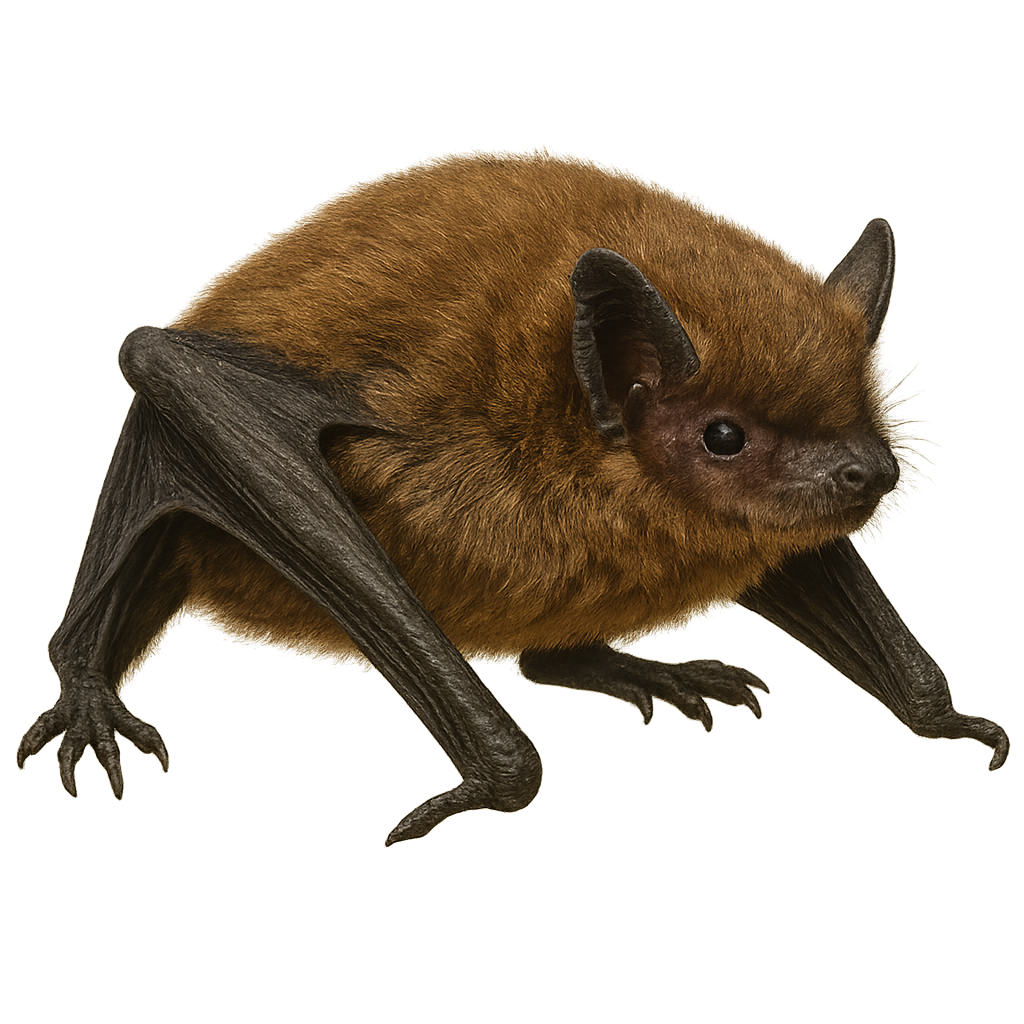Your wildlife photography guide.
Explore the common pipistrelle in detail, study its behavior, prepare your shots.
Where to observe and photograph the common pipistrelle in the wild
Learn where and when to spot the common pipistrelle in the wild, how to identify the species based on distinctive features, and what natural environments it inhabits. The WildlifePhotographer app offers tailored photography tips that reflect the common pipistrelle’s behavior, helping you capture better wildlife images. Explore the full species profile for key information including description, habitat, active periods, and approach techniques.
Common pipistrelle
Scientific name: Pipistrellus pipistrellus

IUCN Status: Least Concern
Family: VESPERTILIONIDAE
Group: Mammals
Sensitivity to human approach: Suspicious
Minimum approach distance: 5 m
Rut period: August to September
Gestation: 44-50 jours
Births: June to July
Habitat:
Forests, wetlands, grasslands
Activity period :
Mainly active at night, generally discreet during the day.
Identification and description:
The common pipistrelle is a small bat widely distributed across Europe. It measures about 3.5 to 5 cm in length with a wingspan of 18 to 25 cm. Its fur is dark brown, and it is characterized by its short, rounded ears. Often seen flying at dusk, it hunts insects near water bodies or forests, using echolocation to navigate and capture prey. The common pipistrelle is an important indicator of ecosystem health, contributing to insect population control. It hibernates during winter in shelters like caves or abandoned buildings.
Recommended lens:
400 mm – adjust based on distance, desired framing (portrait or habitat), and approach conditions.
Photography tips:
To photograph the common pipistrelle, it is advisable to use a telephoto lens of 400 mm or more to capture sharp images without disturbing the animal. The best opportunities arise at dusk when these bats come out to hunt. Look for areas near water or clearings where they are active. Use a tripod to stabilize your camera in low-light conditions and be patient. Avoid using flash to prevent scaring the bats and prefer high ISO settings to compensate for the lack of light.
The WildlifePhotographer App is coming soon!
Be the first to explore the best nature spots, track rutting seasons, log your observations, and observe more wildlife.
Already 1 432 wildlife lovers subscribed worldwide

